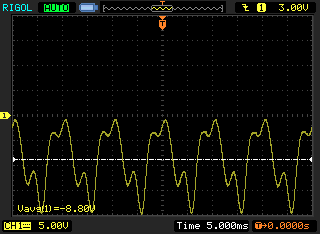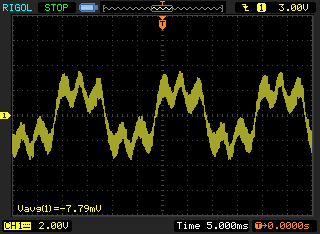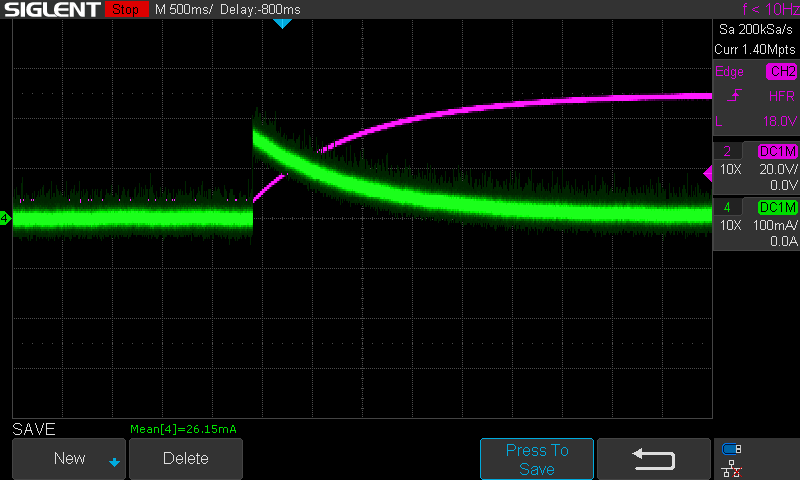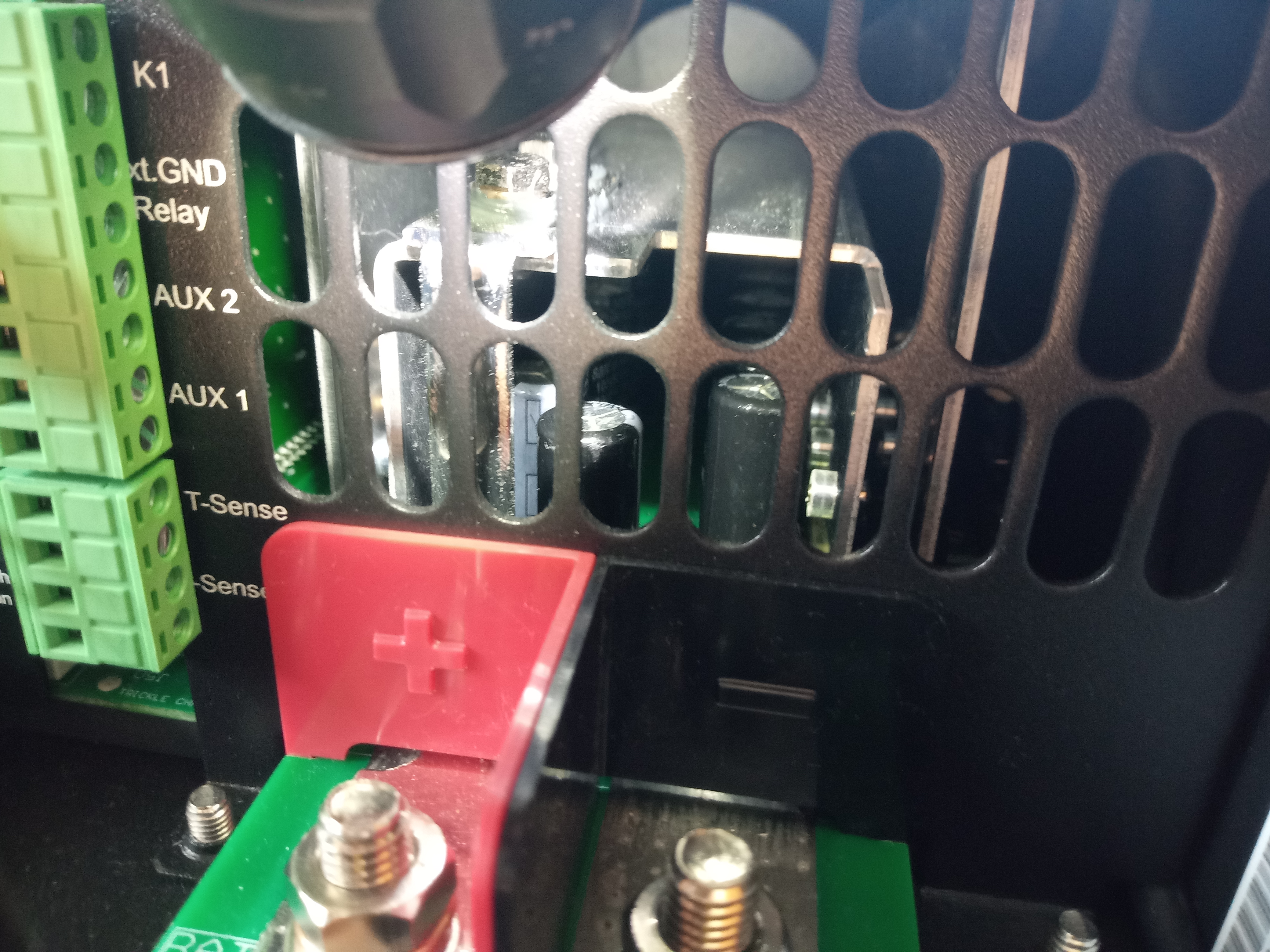I'm trying to get some clarity on the DC ripple specifications relating to Victron inverter/chargers. There is contradictory data in different places, and a lack of clarity, not to mention some technical inaccuracies.
Specifically, what are the allowable ripple levels for 12V, 24V and 48V inverters for
(a) the ripple warning
(b) ripple shutdown
and are these numbers RMS or peak-to-peak values?
If I look at https://www.victronenergy.com/live/_media/ve.bus:4._ripple_in_a_ac_battery_system.pdf it shows a graph of ripple voltage, indicating peak-to-peak measurement with the magnitude labeled "Ripple".It states that the ripple warning occurs at 1.2V and shutdown at 1.5V. No mention is made of the battery voltage, but FWIW the graph is shown adjacent to a picture of a 24V Multiplus.
If I look at the manual https://www.victronenergy.com/upload/documents/Manual-Quattro-5k-8k-10k-15K-100-100A-230V-(firmware-xxxx4xx)-EN-NL-FR-DE-ES-SE-IT.pdf it states under Section 7.1 General Error Indications that for the ripple warning, the "Ripple voltage on the DC connection exceeds 1,5Vrms". Again, no mention is made of whether this depends on battery voltage.
Finally, in the Wiring Unlimited book https://www.victronenergy.com/upload/documents/Wiring-Unlimited-EN.pdf there is a detailed table listing the following values as a function of battery voltage (shown here in parentheses after the ripple value):
Ripple pre-alarm: 1.5V (12V), 2,25V (24V), 3V (48V)
Full ripple alarm: 2.5V (12V), 3.75V (24V, 5V (48V)
Again, a diagram shows the ripple measured as peak-to-peak, but the actual specification does not say peak-to-peak or RMS.
For a roughly sinusoidal waveform (as the ripple voltage will normally be in practice due to the filtering effect to the inverter DC input capacitors), there is a factor of 2,8 difference between peak-to-peak and RMS!
In a couple of places, the use of an AC multimeter is suggested to measure ripple. Such instruments will normally report the RMS value of the waveform, but if the waveform is significantly non-sinusoidal, the reading will vary depending on whether the meter is true RMS or average-modulus responding.
So, what are the correct values for the ripple pre-alarm and the full alarm (shutdown) as a function of DC battery voltage, and are they RMS or peak-to-peak?
What does the VE Configure application report as Udc ripple? RMS or peak-to-peak?

 Average value of -8.8A ("-" due to battery discharging) corresponds quite well to the expected value. But I was a bit shocked by the shape which rises up to max. values of -20A. I was wondering whether this current shape is harmful for the battery. So I tried to get some information about the battery current ripple, that's why I found this post.
Average value of -8.8A ("-" due to battery discharging) corresponds quite well to the expected value. But I was a bit shocked by the shape which rises up to max. values of -20A. I was wondering whether this current shape is harmful for the battery. So I tried to get some information about the battery current ripple, that's why I found this post. My questions for now:
My questions for now: It might be possible (but unlikely from my point of view) that Victron uses internal precharging relay which connects additional capacitance when DC is fully charged. I do not want to open my MP. But through the cooling slots near the battery terminals I can see a 12 or 13 pieces capacitor bench of 330uF each capacitor. This fits to the measurment. Those capacitors are located under the Mosfet cooling plates.
It might be possible (but unlikely from my point of view) that Victron uses internal precharging relay which connects additional capacitance when DC is fully charged. I do not want to open my MP. But through the cooling slots near the battery terminals I can see a 12 or 13 pieces capacitor bench of 330uF each capacitor. This fits to the measurment. Those capacitors are located under the Mosfet cooling plates. 
